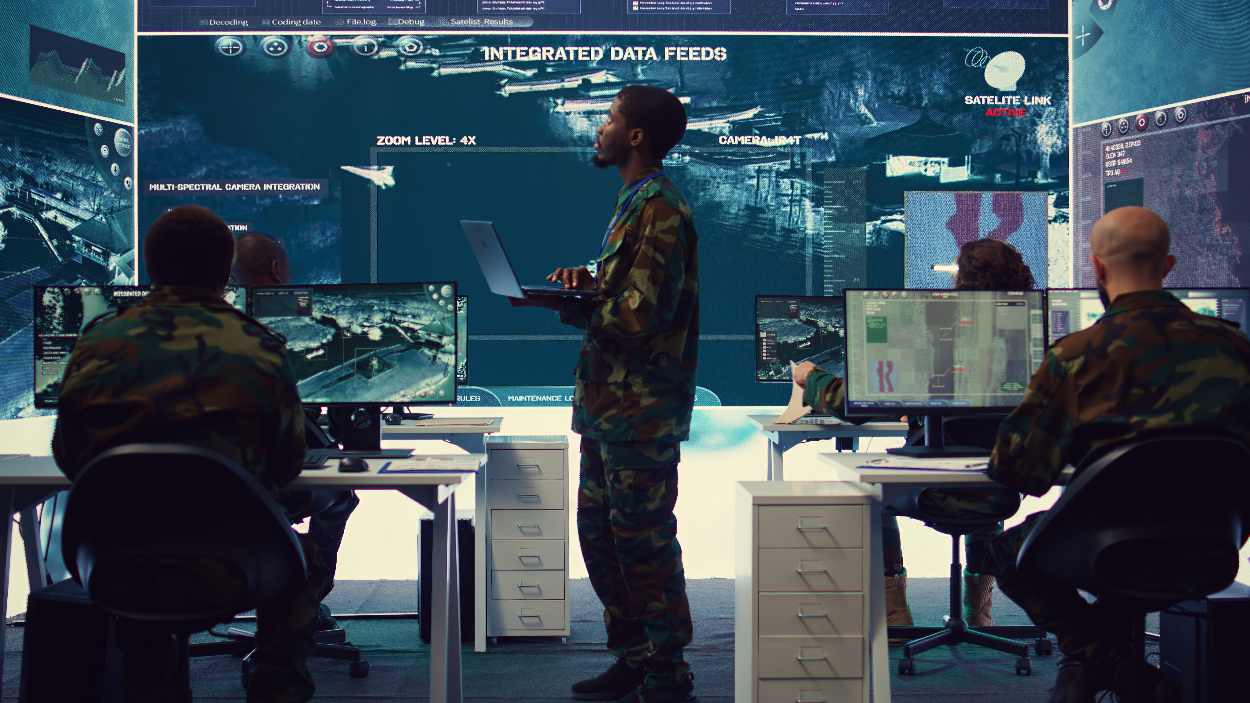Real-Time Gun Detection Systems: Enhancing Workplace Safety in High-Risk Industries

Workplace violence involving firearms is a growing threat in many industries, and the margin for error is razor-thin. The FBI documented over 300 active shooter incidents in the U.S. between 2018 and 2022, many occurring in busy commercial environments such as banks, retail chains, logistics hubs, and manufacturing facilities. The stark truth: most violent events unfold in less than five minutes, leaving little to no time for manual threat recognition and response.
Every second matters in industries that deal with cash, valuable goods, or sensitive operations. Delayed threat detection can turn a preventable incident into a catastrophic one. This is where cutting-edge gun detection systems, such as those developed by Coram, can change the game. By combining artificial intelligence, computer vision, and acoustic analysis, these systems can instantly detect a firearm or gunfire, trigger alerts, and automatically activate lockdown or evacuation protocols — without waiting for human intervention.
How Real-Time Gun Detection Works
A cutting-edge real-time firearm detection system combines two primary technologies:
- Visual Recognition – High-definition cameras stream live video to AI-powered software trained to recognise firearms’ distinct shapes, sizes, and details, even in cluttered or crowded scenes.
- Acoustic Analysis – Specialised sensors capture and analyse sound to identify the unique signature of gunshots, while filtering out other loud noises like fireworks or construction.
When the system confirms a threat, it can:
- Alert on-site security instantly.
- Notify local law enforcement with detailed information.
- Lock or unlock specific access points.
- Activate public address systems to guide people to safety.
- Send live updates to mobile devices and control rooms.
This automation reduces the detection-to-action time to mere seconds, far faster than relying on human observation alone.
Why Speed is the Critical Factor
In active shooter situations, police typically arrive within 3–10 minutes—a swift response by normal measures, yet often too late to stop the majority of harm. In many cases, the most lethal impact happens within the initial 2–3 minutes.
Real-time gun detection systems cut that window to near-zero. Detecting the weapon the moment it appears — or within milliseconds of the first shot — means security teams can lock down areas, communicate clear evacuation routes, and feed live intelligence to police while the threat still unfolds.
Industry-Specific Applications
1. Banks – Silent, Immediate Protection
Banks are high-value targets for armed robbery. A detection system can identify a firearm the moment it enters the building, before a suspect even demands it.
- Automatic lockdown of teller areas and secure rooms.
- Silent police alerts to avoid escalating the suspect’s behaviour.
- Real-time monitoring of the suspect’s location and actions until law enforcement is on the scene.
2. Retail Chains – Managing Public Safety
Shopping centres, supermarkets, and big-box stores have multiple entrances and high foot traffic. Gun detection systems linked to CCTV can scan continuously across all areas.
- Rapid safety announcements guiding shoppers toward exits.
- Digital barriers to contain suspect movement.
- Live video feeds are sent directly to law enforcement for targeted intervention.
3. Logistics Hubs – Protecting Supply Chains
Warehouses and distribution centres sprawl, with limited security presence per square metre.
- Instant lockdown of loading bays or gates to isolate threats.
- Vehicle access control to prevent armed escape or entry.
- Integration with GPS tracking to give responding units a precise suspect location.
4. Manufacturing Plants – Shielding Large Workforces
Factories have large, mixed-use spaces with high safety risks if violence breaks out near dangerous machinery or materials.
- Isolation of affected areas by sealing specific corridors or wings.
- Redirecting foot traffic away from the incident zone.
- Protecting critical equipment to avoid operational shutdowns.
Seamless Integration with Security Systems
For maximum effectiveness, real-time gun detection should be part of a layered security strategy:
- Access control: Automatically lock or unlock targeted areas.
- Public address systems: Deliver instant instructions to employees and visitors.
- Emergency lighting: Guide safe evacuation paths.
- Mass notifications: Send alerts to phones, email, or internal apps.
Benefits That Go Beyond Emergency Response
While the primary goal is to detect threats in seconds, there are broader advantages:
- Deterrence – Knowledge of such systems can discourage potential attackers.
- Compliance – Supports safety and security regulations.
- Reassurance – Improves morale and customer trust.
Challenges and Considerations
- False positives – Require ongoing AI refinement.
- Privacy concerns – Must comply with surveillance laws.
- Infrastructure – Cloud-based vs. on-premises setups may vary by industry needs.
- Training – Staff must know how to respond when alerts trigger.
Shift from Reaction to Prevention
Historically, high-risk workplace safety was reactive, responding after a weapon was spotted or violence erupted. Real-time gun detection moves security into prevention mode, allowing proactive action to contain threats before they escalate.
Conclusion
In environments where seconds decide outcomes, real-time gun detection systems are no longer optional—they are essential. Banks, retail stores, logistics hubs, and manufacturing plants benefit from faster detection, coordinated lockdowns, and seamless law enforcement collaboration.
By adopting this technology, organisations move beyond reaction and into a new era of proactive, intelligent safety, protecting lives, assets, and the trust of everyone they serve.
